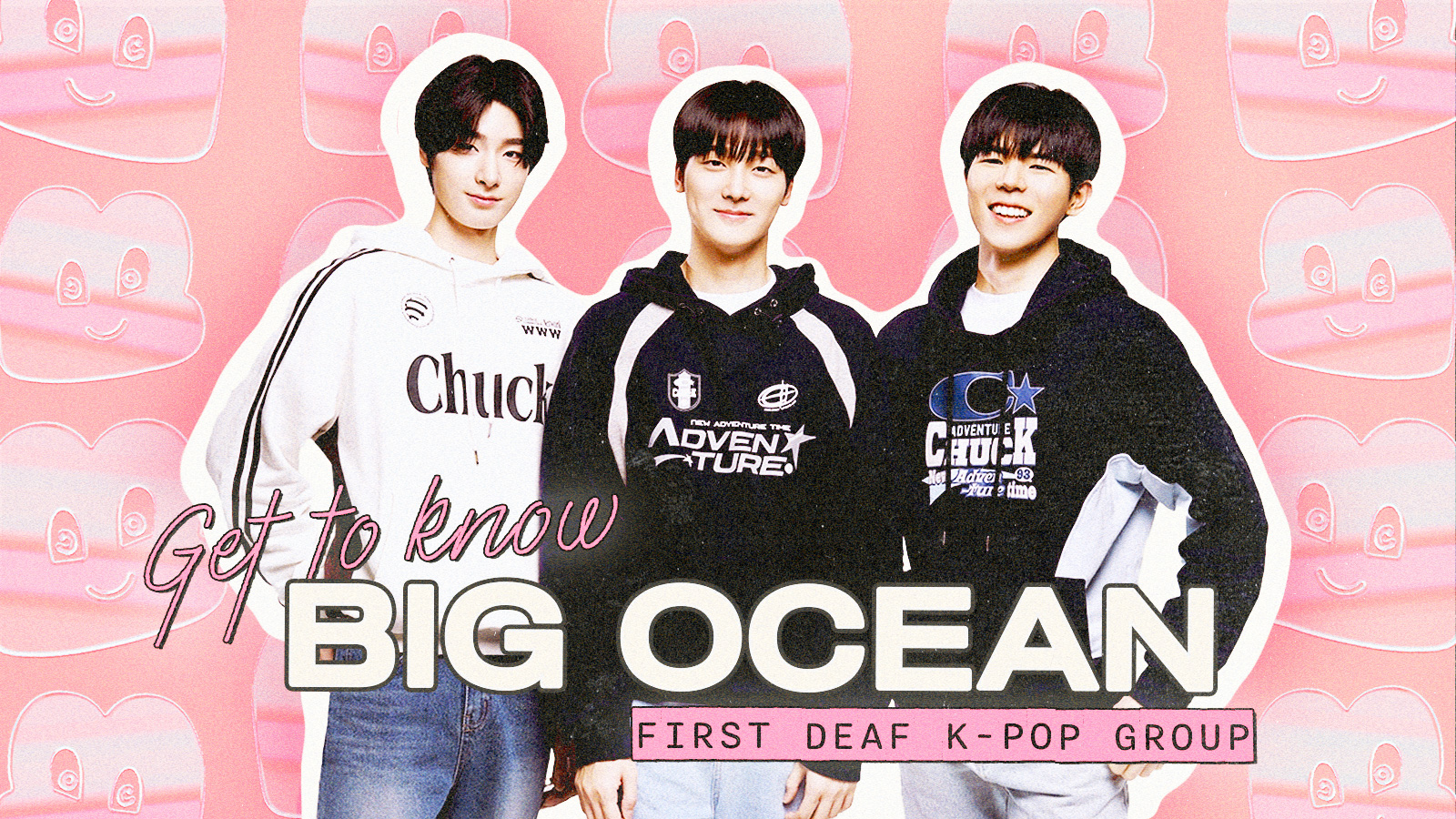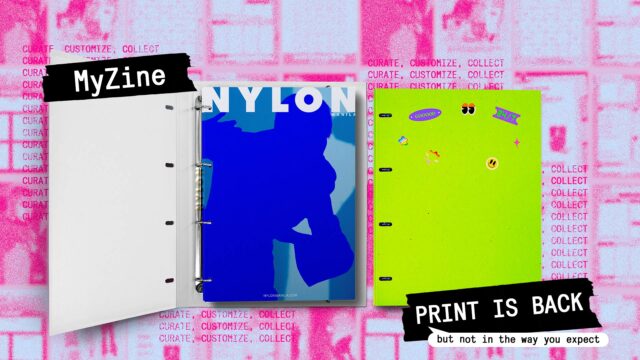More than just their hearing impairments, Big Ocean is defying the norms of what it means to be a K-pop idol.
Related: VICTON Introduced An Environmentally Conscious Way To Buy Albums And Photocards
When we think of K-pop idols, we usually imagine near-perfect people with impeccable face cards and world-class skills in singing, dancing, and performing. Admittedly though, the industry has also helped perpetuate a certain standard that is often unattainable for many and even unhealthy to keep up for many idols. But over time, some are helping break the rigid barriers of what it means to be a K-pop idol, and one rookie group doing so is Big Ocean.
Last April 20, the boy group made the rounds on social media with their debut as the first hearing-impaired boy group in K-pop. It’s an impressive feat not just for greater representation in the genre, but also because the group isn’t letting their impairment stop them from following their dreams. Here are a few facts you should know about the newest K-pop group on the scene that’s got people talking.
THEY ARE A THREE-MEMBER BOY GROUP
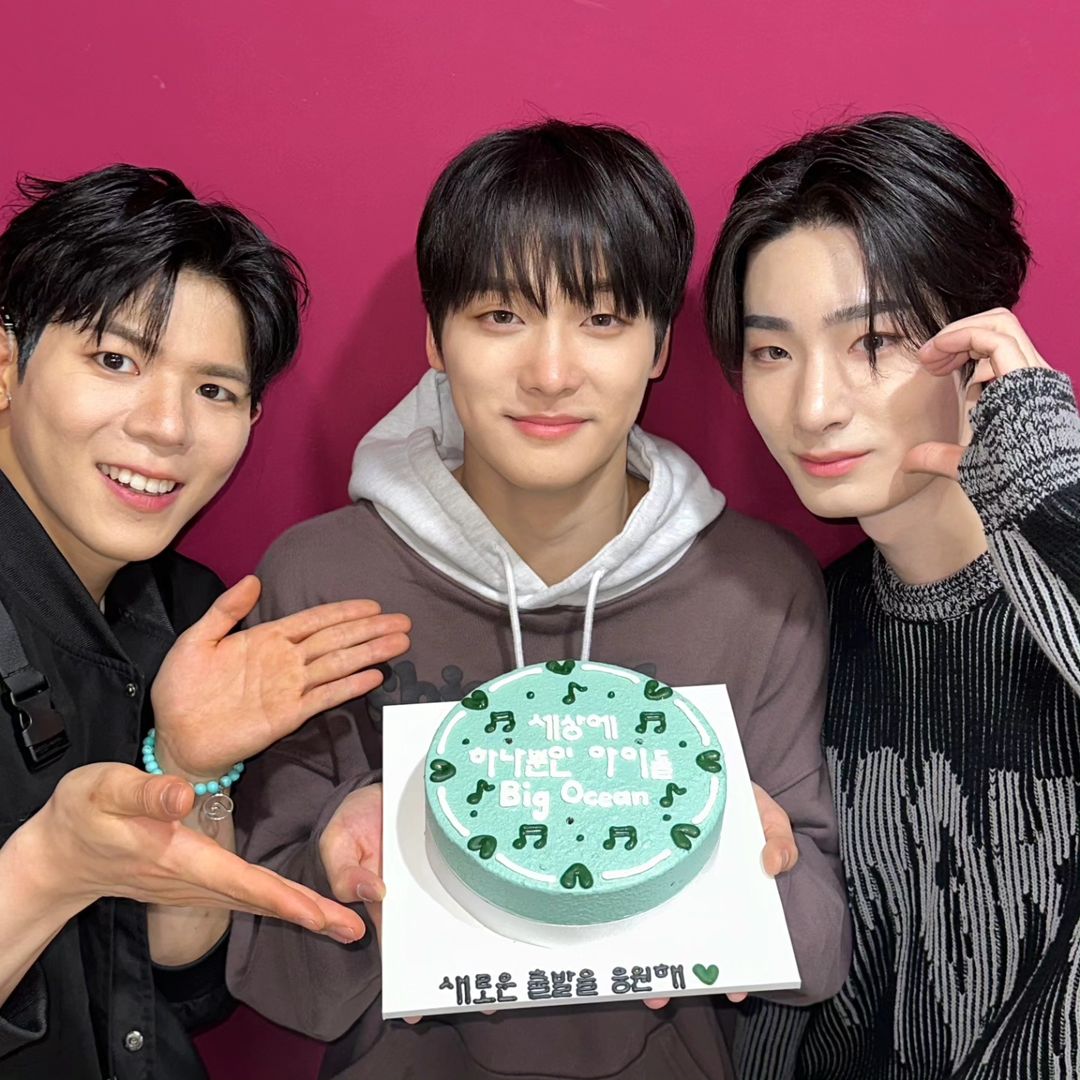
INSTAGRAM/BIG_OCEAN.OFFICIAL
Big Ocean is a three-member boy group composed of Park Hyunjin (24, main vocal), Lee Chanyeon (26, main rapper), and Kim Jiseok (21, maknae and main dancer). All three suffered hearing loss when they were young and use implants and hearing aids to communicate. They are currently signed to Parastar Entertainment, a company that specializes in finding and representing artists with disabilities. Before their debut, the trio used to go by S-Boyz, but changed their name to Big Ocean, which reflects their dream to “one day spread hope and positive energy.”
THE MEMBERS HAD FULL-TIME JOBS BEFORE BECOMING IDOLS
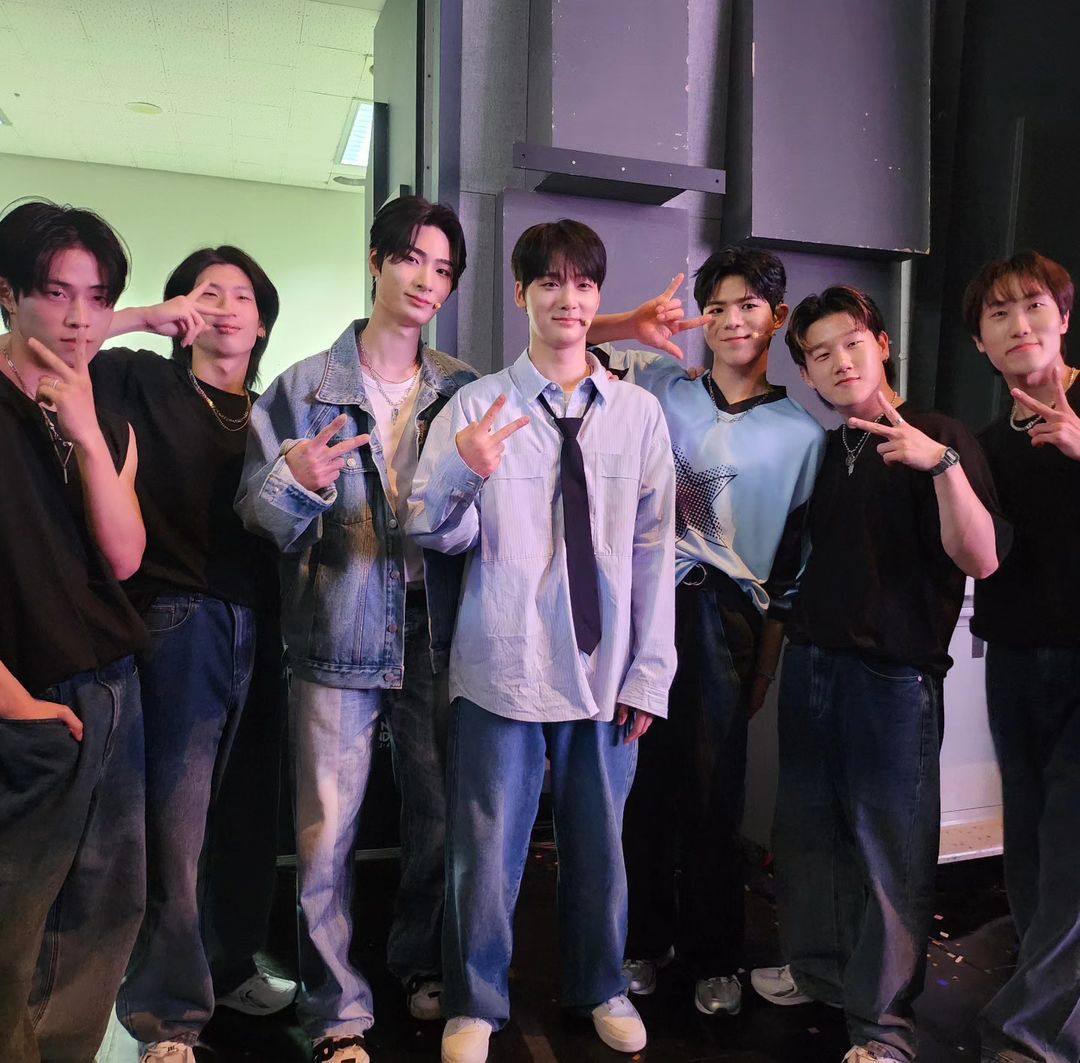
INSTAGRAM/BIG_OCEAN.OFFICIAL
We often hear stories of K-pop idols becoming trainees as early as when they were kids. But that wasn’t the case for Big Ocean. Before becoming trainees, all of them had full-time jobs and careers. Park Hyunjin used to work at a cafe and had a YouTube channel where he documented what his life was like living with disabilities. Lee Chanyeon, fittingly enough, used to work at the Korea University Anam Hospital as an audiologist, someone who deals with hearing disorders.
Kim Jiseok, meanwhile, got his start in modeling and was a former member of the Seoul Disabled Ski Association as a ski racer. Fun fact: Jiseok graduated from the Seoul Samsung School, a school that specializes in teaching the deaf, which BTS’ RM donated to in 2019. It was because of this donation that helped Jiseok to enter music.
THEIR DEBUT FELL ON A SPECIAL DAY
April 20 isn’t just any regular day. In Korea, it’s celebrated as Disabled Person’s Day. So, as the first hearing-impaired K-pop group hoping to break the stigma and prejudices towards people in the community, it felt correct that Big Ocean made their debut that day. With their debut in the books, Big Ocean aims to create a new genre called S-pop (sign language pop). To that end, they incorporated Korean Sign Language, American Sign Language, and International Sign Language into their performances, a welcome move for their hearing-impaired fans. They uploaded a Korean Sign Language guide of their debut song on their YouTube channel if you’d like to learn it.
THEIR DEBUT IS A REMAKE OF A H.O.T SONG
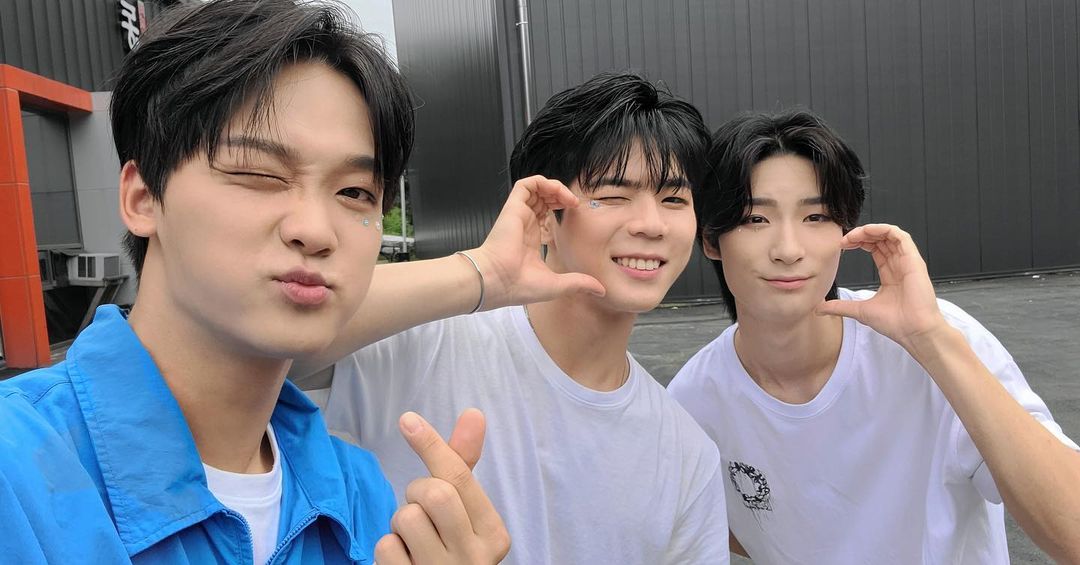
INSTAGRAM/BIG_OCEAN.OFFICIAL
Big Ocean made their debut with the track Glow. And in case you didn’t know, Glow is a remake of K-pop group H.O.T’s track Hope, which was initially released in 1998. With the song’s inspirational message, it’s a good start for Big Ocean as their modern remake hits the right notes.
THEY HAVE SYSTEMS IN PLACE WHEN IT COMES TO PRACTICING, PERFORMING, AND RECORDING
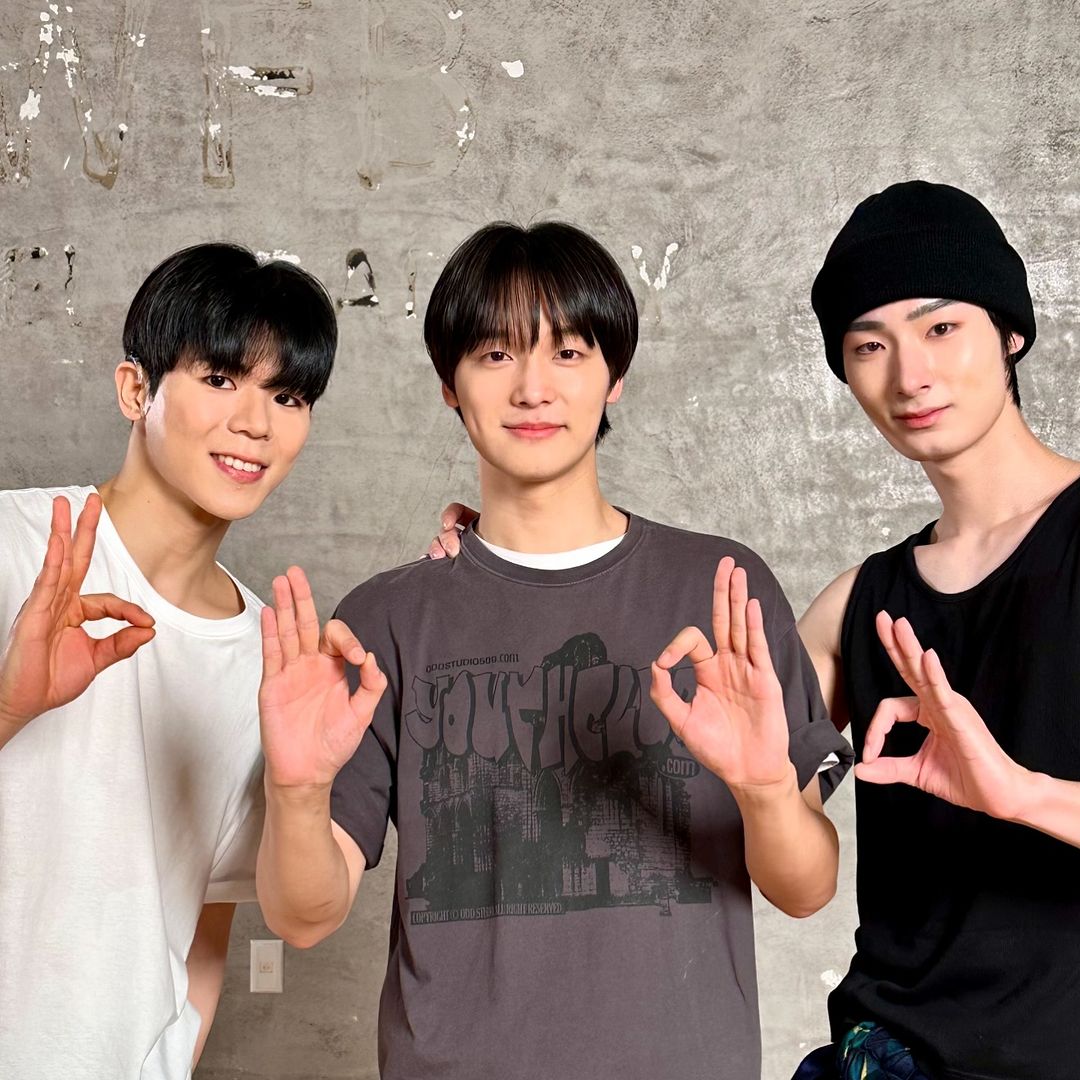
INSTAGRAM/BIG_OCEAN.OFFICIAL
Understandably, Big Ocean doesn’t operate like most K-pop groups do. As such, their company incorporated a series of changes to accommodate the guys. According to Korea Now, Big Ocean uses visuals whenever they practice to help them keep on beat. When they record music, they use AI technology to help mix their voices properly. Also, when they perform on stage, the members stay on beat with the help of special watches they wear that vibrate on each beat.
Continue Reading: Get To Know NSB, The First Asian-American Content Group That’s Mixing Representation With Gen Z Energy
